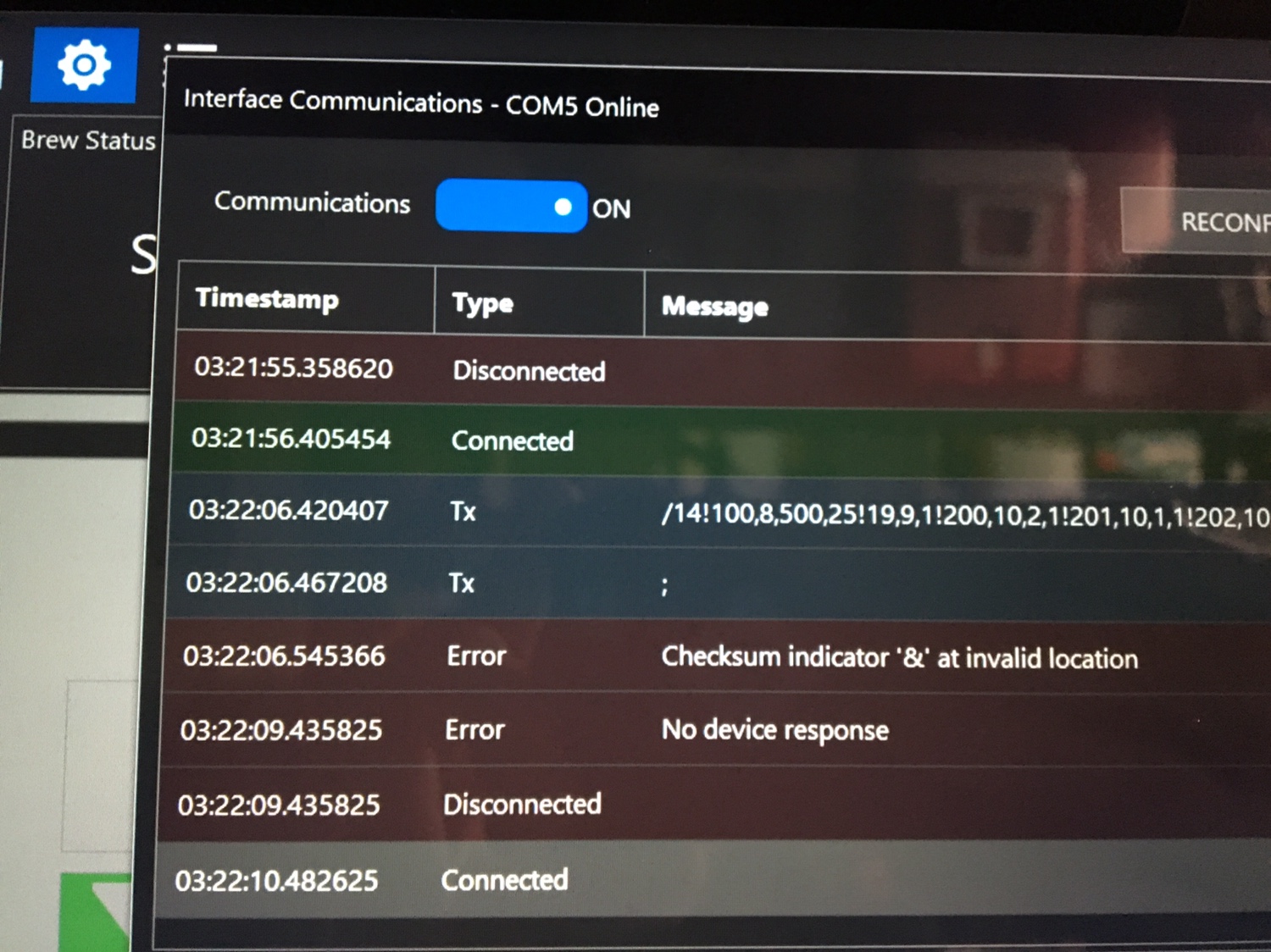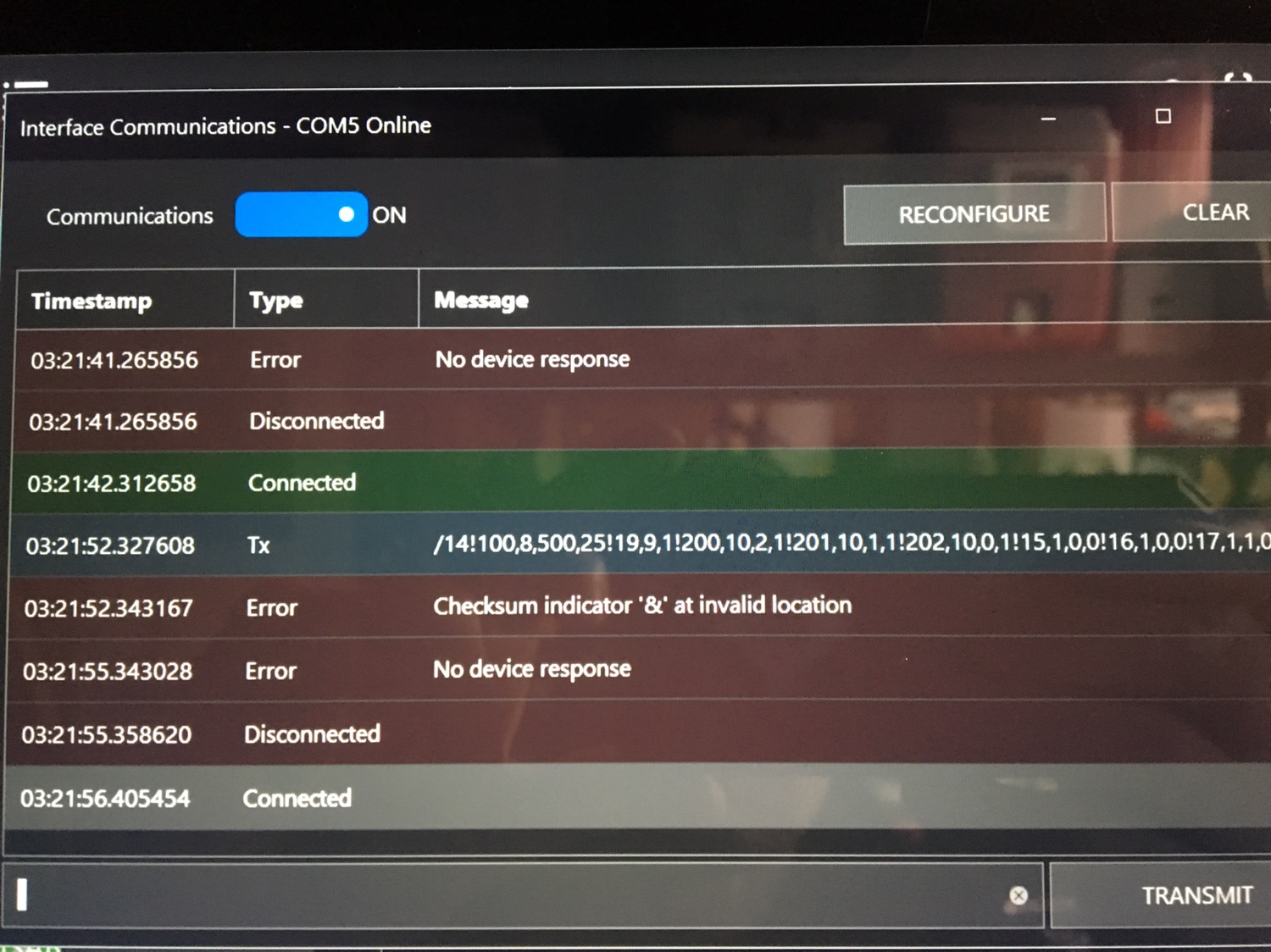Hey
@BrunDog and others--I'm working on refining my brew day script after my first brew, specifically attempting to use my mash kettle volume sensor to detect a grainbed restriction/stuck mash situation and adjusting the proportional valve on the other side of the pump to compensate. BrunDog has this in his script in an "automash" loop that checks the mash volume and adjusts the valve if it is above or below a specified range relative to the original mash volume.
Unlike BrunDog's mash volume sensor, mine is mounted to the side of my mash tun, above the false bottom. Is there any way to use a pressure sensor located there to detect a sticking mash? I was talking it over with my friend, and he was of the opinion that if the mash starts sticking and the pump pulls a small vacuum under the false bottom, the pressure above the false bottom will remain more or less the same, thus rendering the pressure sensor, as currently located, fairly useless for detecting a stuck mash. Have any others used a pressure sensor (or flowmeter--I have one of those too) to detect mash problems and automatically adjust their recirculating pump flow in response?
Thanks!








![Craft A Brew - Safale S-04 Dry Yeast - Fermentis - English Ale Dry Yeast - For English and American Ales and Hard Apple Ciders - Ingredients for Home Brewing - Beer Making Supplies - [1 Pack]](https://m.media-amazon.com/images/I/41fVGNh6JfL._SL500_.jpg)



















































